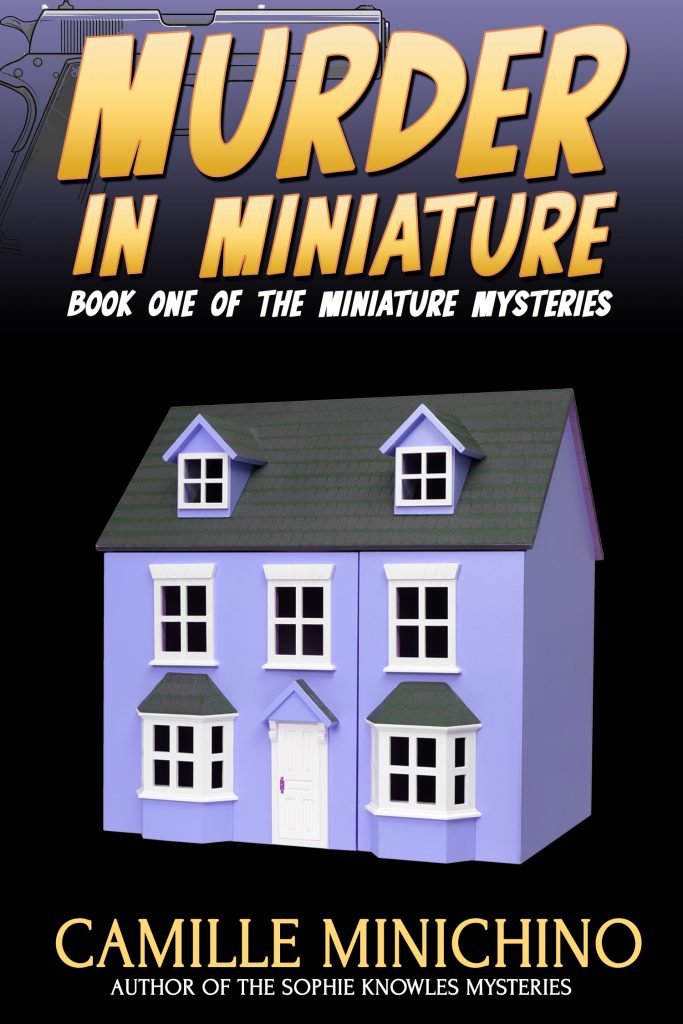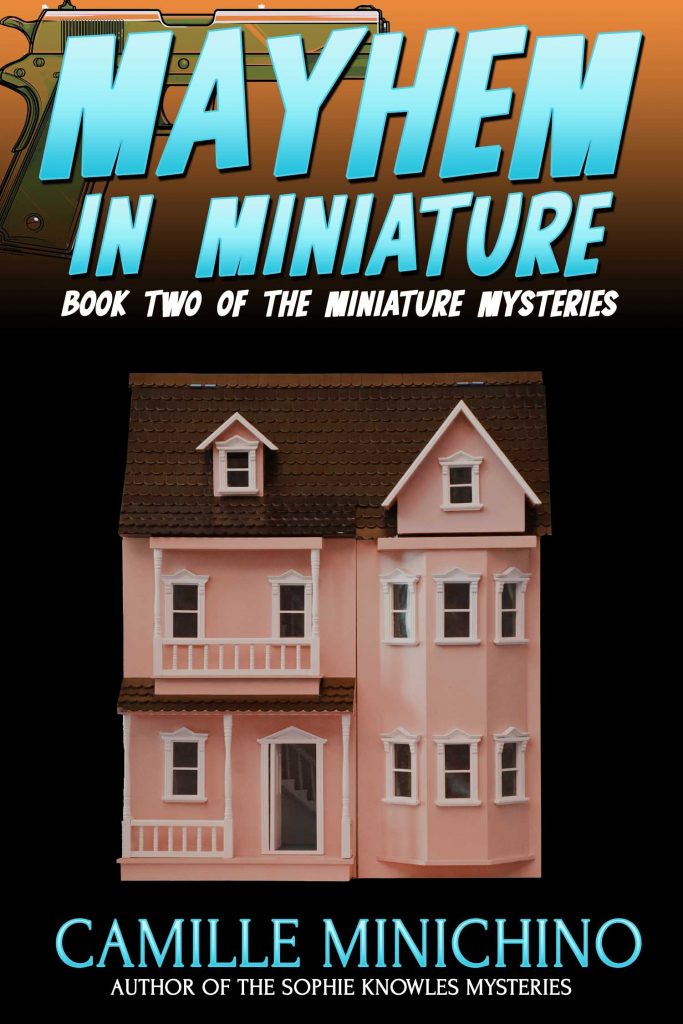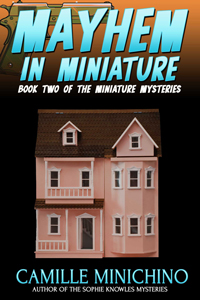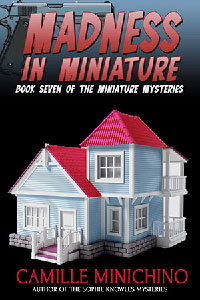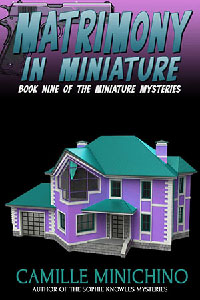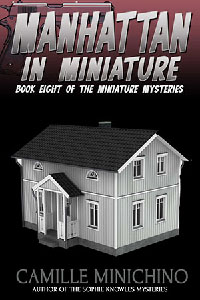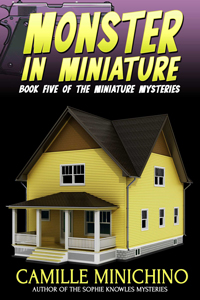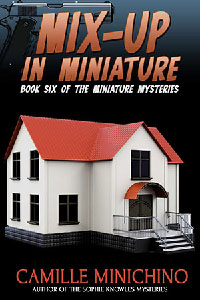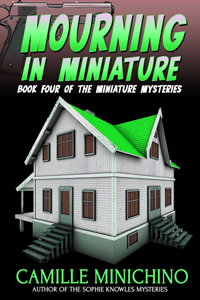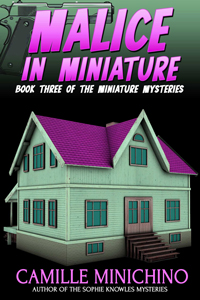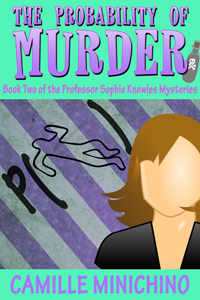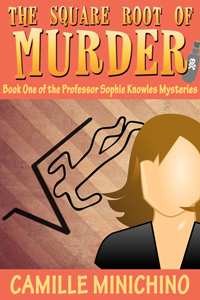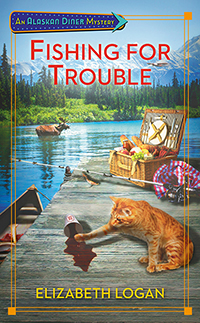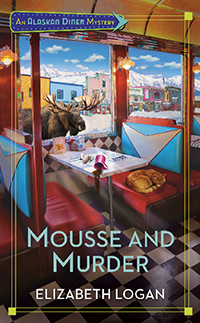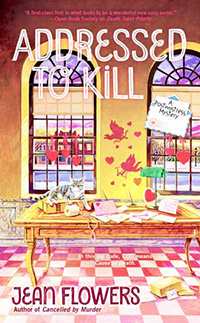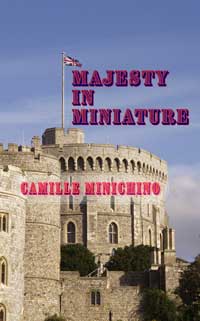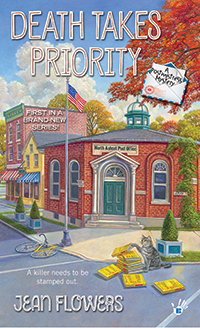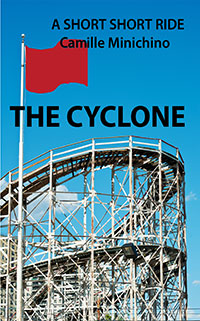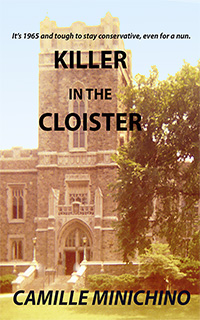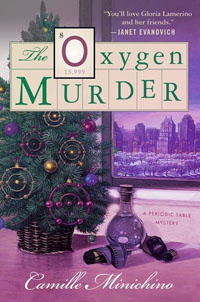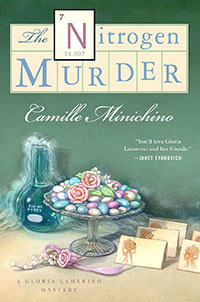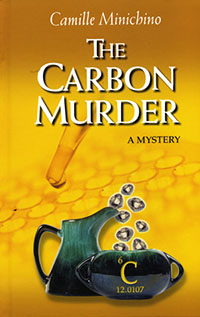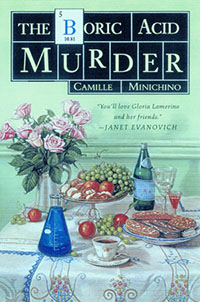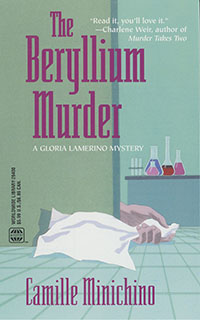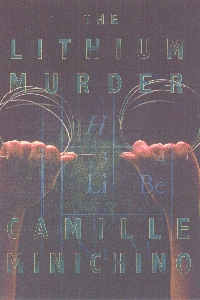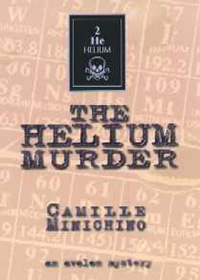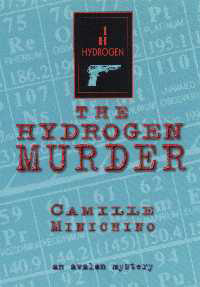
It’s still women’s history month (don’t frown, men, you have 11 months to yourselves), so I thought I’d talk about fashion.
Not kidding.
My most recent pet peeve is the latest in news-anchor fashion. For women, that is. It hasn’t changed much for men. It’s your basic suit and tie, sometimes with a little fake hankie in the pocket. I’ve yet to see Jake Tapper in a muscle shirt, or Chuck Todd with a colorful polo.
OK, Anderson Cooper is all over tv with his new baby and sweats, but not when he’s
delivering the news.
Female anchors, on the other hand, come cute. Three or four days out of five, they show cleavage. Some day I’m going to see if there’s a pattern. Lots of flesh showing on Mondays to wake people from a weekend hangover; something pretty and pink in the middle of the week;and a drape with a couple of gold chains on Friday.
The worst tops in my mind are the ones with puffy sleeves, the kind that would be on my little sister’s school dresses when she was seven or eight a few decades ago. I remember ironing the dresses—I’d stick my hand in the short sleeve to spread it out and then press in a circular crease so that the sleeve would stick up.
So cute! But not for a grown-up newsperson asking us to trust her and pay attention to information on the pandemic or the Iran nuclear deal or a mass shooting. Or even the weather.
I’ll end this little rant with a Happy Birthday to Gloria Steinem (born March 25, 1934), never caught with puffy sleeves as far as I remember.
Should women be allowed to wear whatever they pleased and not be criticized? Absolutely. Should they be aware of how their image contributes to the message and that when they dress for the beach or a sexy pop article, that’s how many will view her.
Which is not to say, for example, that Gloria Steinem was humorless. Here’s a quote that’s attributed to her:
A woman without a man is like a fish without a bicycle
T-shirt-worthy, don’t you think?
 Filed Under :
Filed Under :  Mar.25,2021
Mar.25,2021

